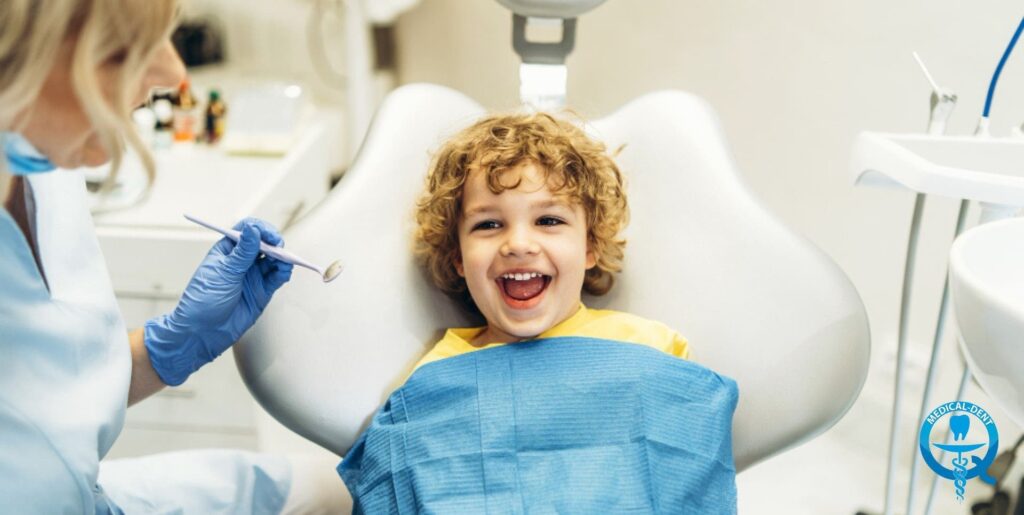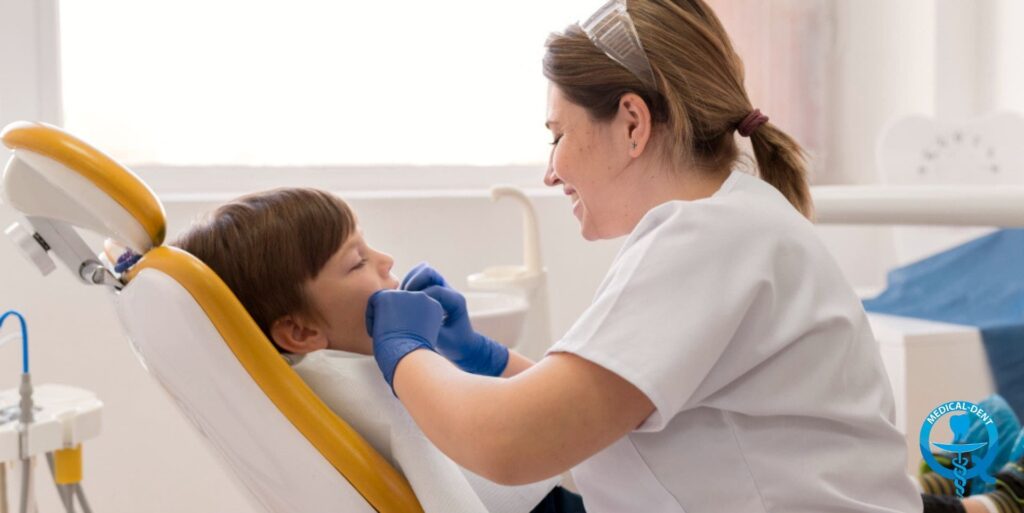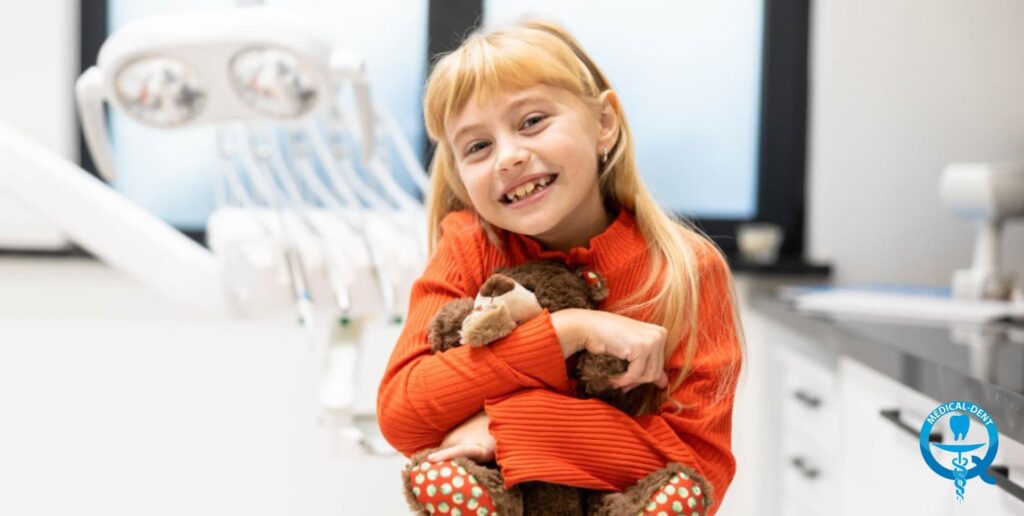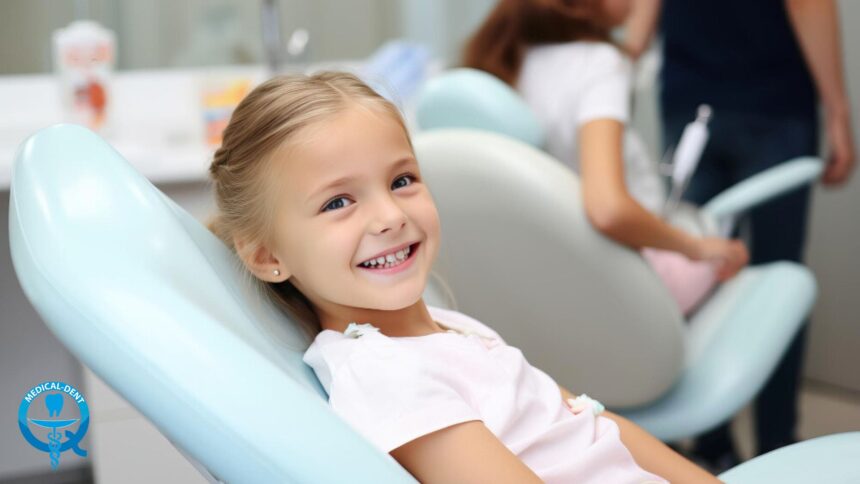Fluoridation in children is one of the simplest and most effective ways to protect your child's teeth from decay. Many toddlers can't yet cope with thorough brushing, and the diet - even if you're trying to keep it healthy - often contains sugars that encourage bacterial growth. A fluoridation treatment acts as an extra protective shield that strengthens enamel and makes teeth more resistant to everyday challenges.
What is fluoridation in children?
Fluoridation in children involves applying a fluoride-containing preparation to the tooth surface. Depending on the child's age and the dentist's recommendations, this may be a foam, gel, or varnish. The preparation is applied evenly and left on the teeth for several minutes, allowing the fluoride to penetrate the enamel thoroughly. This process strengthens the teeth and makes them more resistant to acid attacks.
The procedure itself takes very little time - usually between 5 and 10 minutes - and does not require any anaesthesia. What is more, fluoridation in children is often combined with other preventive treatments, such as fissure sealing or professional teeth cleaning. This makes the office visit even more effective and provides more complete protection against caries.
And if you want to learn more about preventive treatments for children, we recommend an article with a similar title "Preventive treatments for your child - or how to keep your little one's teeth healthy".

When is fluoridation worthwhile?
The best time to start fluoridation is when the first deciduous teeth appear. This is when the enamel is still particularly susceptible to damage and bacterial infections. Fluoridation in children should be carried out regularly - usually every 3 to 6 months - in order to ensure that the protective effect is permanent.
It is also worth remembering that the treatment great before the start of orthodontic treatment or at times when the child has a higher risk of decay, for example due to diet or problems with thorough brushing.
And we have devoted an entire article to caries in children - "Child caries - causes, symptoms and treatment".

Why is fluoridation in children so important?
Baby teeth, and later newly erupted permanent teeth, have thinner enamel than adult teeth. This makes them more sensitive to bacteria and acids in the mouth. Fluoridation in children strengthens the enamel from the first years of life, thus reducing the risk of painful cavities and treatment, which toddlers are often afraid of.
A second reason why fluoridation is so important is that it creates positive habits. Regular visits to the dentist teach your child that taking care of their teeth is something natural and important. This will make it easier for him or her to continue good hygiene practices in the future, and you as a parent can sleep more soundly knowing that tooth decay won't suddenly surprise you.
What if your child is reluctant to reach for the toothbrush? In the article "10 ways to encourage your child to brush their teeth" you will find out how you can make a difference.

Is fluoridation in children safe?
Yes - fluoridation in children performed in the office is completely safe. The preparations used by the dentists have the right concentration of fluoride, which strengthens the enamel but does not pose a health risk. The entire process takes place under the supervision of a specialist. This eliminates the risk of a fluoride overdose, which is easy to occur if home preparations are not applied correctly.
In addition, it is worth knowing that security fluoridation is confirmed by numerous scientific studies and recommendations of dental societies worldwide. This is why this treatment is the standard for the dental prevention of children. So you can confidently opt for fluoridation in your child, knowing that you are protecting their teeth in the best possible way.
And you can read more about fluoride itself in the text "Does fluoride in toothpaste harm you?".
Finally, if you have questions or would like to make an appointment for your little one contact us.

